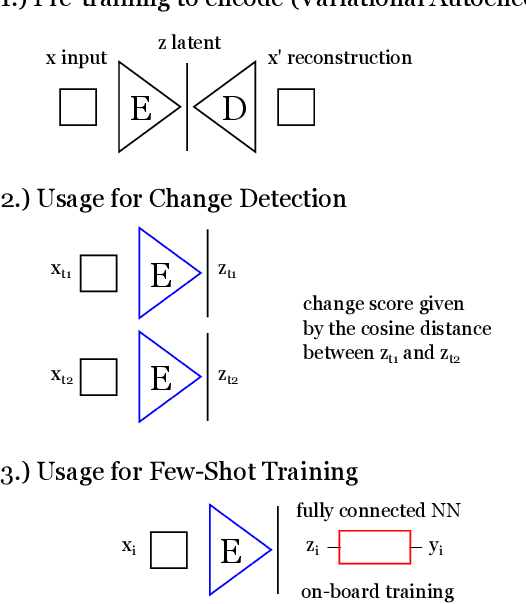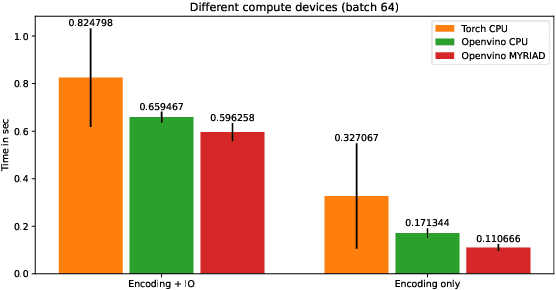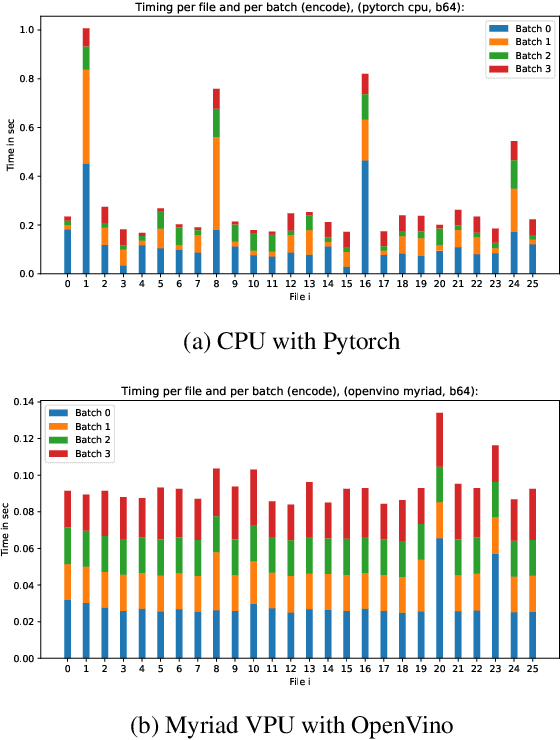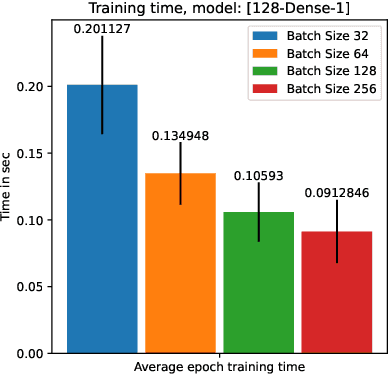Cormac Purcell
PACER: Physics Informed Uncertainty Aware Climate Emulator
Oct 30, 2024Abstract:Climate models serve as critical tools for evaluating the effects of climate change and projecting future climate scenarios. However, the reliance on numerical simulations of physical equations renders them computationally intensive and inefficient. While deep learning methodologies have made significant progress in weather forecasting, they are still unstable for climate emulation tasks. Here, we propose PACER, a lightweight 684K parameter Physics Informed Uncertainty Aware Climate Emulator. PACER emulates temperature and precipitation stably for 86 years while only being trained on greenhouse gas emissions data. We incorporate a fundamental physical law of advection-diffusion in PACER accounting for boundary conditions and empirically estimating the diffusion co-efficient and flow velocities from emissions data. PACER has been trained on 15 climate models provided by ClimateSet outperforming baselines across most of the climate models and advancing a new state of the art in a climate diagnostic task.
PACE: Physics Informed Uncertainty Aware Climate Emulator
Oct 29, 2024Abstract:Climate models serve as critical tools for evaluating the effects of climate change and projecting future climate scenarios. However, the reliance on numerical simulations of physical equations renders them computationally intensive and inefficient. While deep learning methodologies have made significant progress in weather forecasting, they are still unstable for climate emulation tasks. Here, we propose PACE, a lightweight 684K parameter Physics Informed Uncertainty Aware Climate Emulator. PACE emulates temperature and precipitation stably for 86 years while only being trained on greenhouse gas emissions data. We incorporate a fundamental physical law of advection-diffusion in PACE accounting for boundary conditions and empirically estimating the diffusion co-efficient and flow velocities from emissions data. PACE has been trained on 15 climate models provided by ClimateSet outperforming baselines across most of the climate models and advancing a new state of the art in a climate diagnostic task.
Conformer: Embedding Continuous Attention in Vision Transformer for Weather Forecasting
Feb 28, 2024Abstract:Operational weather forecasting system relies on computationally expensive physics-based models. Although Transformers-based models have shown remarkable potential in weather forecasting, Transformers are discrete models which limit their ability to learn the continuous spatio-temporal features of the dynamical weather system. We address this issue with Conformer, a spatio-temporal Continuous Vision Transformer for weather forecasting. Conformer is designed to learn the continuous weather evolution over time by implementing continuity in the multi-head attention mechanism. The attention mechanism is encoded as a differentiable function in the transformer architecture to model the complex weather dynamics. We evaluate Conformer against a state-of-the-art Numerical Weather Prediction (NWP) model and several deep learning based weather forecasting models. Conformer outperforms some of the existing data-driven models at all lead times while only being trained at lower resolution data.
Fast model inference and training on-board of Satellites
Jul 17, 2023



Abstract:Artificial intelligence onboard satellites has the potential to reduce data transmission requirements, enable real-time decision-making and collaboration within constellations. This study deploys a lightweight foundational model called RaVAEn on D-Orbit's ION SCV004 satellite. RaVAEn is a variational auto-encoder (VAE) that generates compressed latent vectors from small image tiles, enabling several downstream tasks. In this work we demonstrate the reliable use of RaVAEn onboard a satellite, achieving an encoding time of 0.110s for tiles of a 4.8x4.8 km$^2$ area. In addition, we showcase fast few-shot training onboard a satellite using the latent representation of data. We compare the deployment of the model on the on-board CPU and on the available Myriad vision processing unit (VPU) accelerator. To our knowledge, this work shows for the first time the deployment of a multi-task model on-board a CubeSat and the on-board training of a machine learning model.
 Add to Chrome
Add to Chrome Add to Firefox
Add to Firefox Add to Edge
Add to Edge